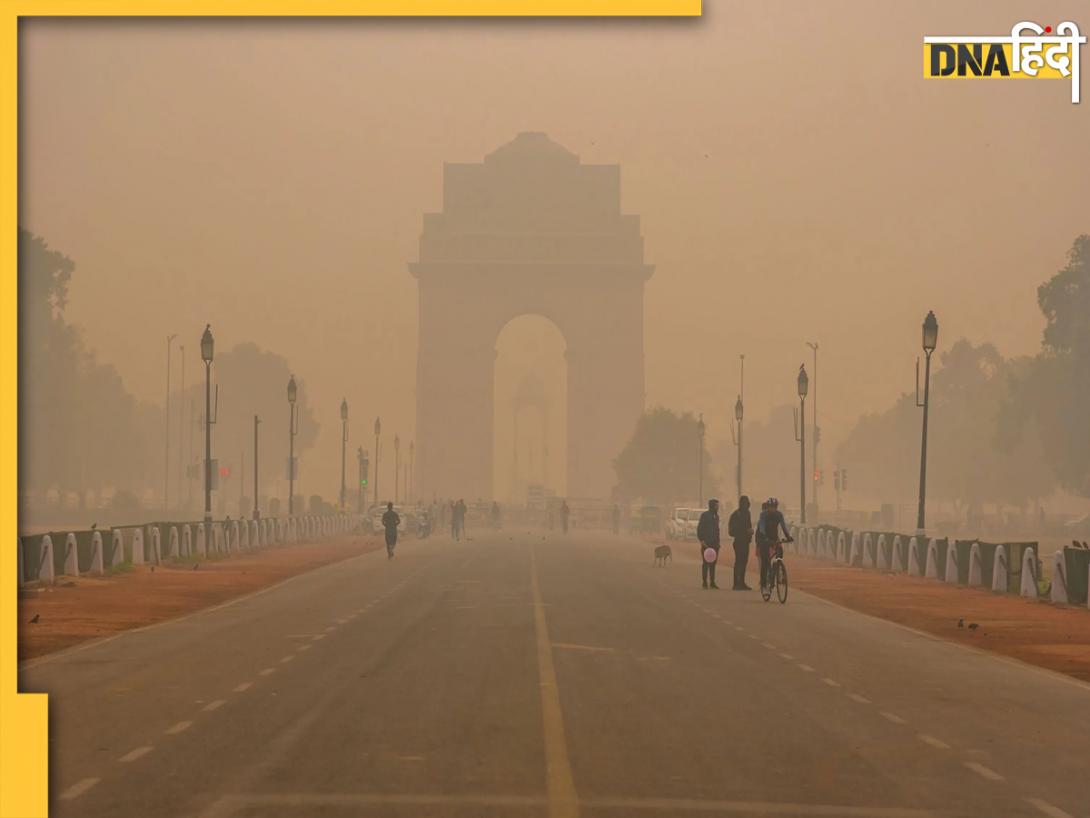- LATEST
- WEBSTORY
- TRENDING
BANGALORE
Clean and green, Karnataka's mangroves drawing tourists by the dozen
They absorb more carbon dioxide than other kinds of trees.
TRENDING NOW
Ever since the Karnataka forest department started growing mangroves (kandla) along the coastal delta areas as Kerala, Goa and Maharashtra have done, a new breed of tourists have begun visiting the coastal areas in the state.
Mangrove tourists, as they are known, are enthusiasts who like to hang around as close to the mangrove forests or even take boat rides into them just to see the bustling marine and avian life inside. The spots most popular are Karwar and Ullal.
Mangrove forests in the estuaries of coastal Karnataka, particularly in Karwar and Ullal, have started coming up in a big way after the forest department started growing them in 2008 under the ‘green wall’ project. According to forest department statistics, more than 800 hectares in the estuarine area has been brought under mangrove plantations that are now full-fledged forests, that can be developed into eco-tourist spots.
Dr Keshavnath, who has conducted path-breaking research in zooplankton and phytoplankton, recommends planting of mangroves in more areas.
In Kundapur range, the village forest committees have planted mangroves over 300 acres, which is now called ‘Hasiru Kavacha’ (green armour). “We came to know about the carbon-storing qualities of mangroves only recently. Since then, we have intensified planting of mangroves,” said Manjunath Shetty, assistant conservator of forests, Kundapur range.
“If we were to dissipate the carbon contents in the air quickly, we need large expanses of mangrove forests all along the coast. Luckily, they grow pretty fast,” said Jayakar Bhandary, a botanist who guides various green groups in the coastal areas of Karnataka.
VN Nayak, director, Sub Regional Science Centre at Karwar and member of the Karnataka state environmental report committee 2011, calls mangroves a ‘carbon sink’. “The mangroves grow in saline water. To shed salinity in their system, they shed leaves rapidly and give out new leaves to make it evergreen. The leaves shed fall into the water and become organic manure. To facilitate this process, trees have to ingest carbon rapidly and give out oxygen. This gives them the name carbon sink,” Nayak told dna. The new mangrove eco-tourism centre will help researchers study more about wonderful plant species, he added.
Tourism
Mangrove are explored by foreign tourists who love to waddle in waist-level water or even use a small hand-paddled canoe. Conservationists, however, are against bringing mangrove forests into the tourism circuit. But they also agree that it is a crime to exclude them from eco-tourism.
“Firstly, they were too eco-sensitive to allow large number of people for whatever reason to wander around; they might damage them or disturb the sensitive fish-breeding process. We do not yet know what surprises the mangrove eco-tourism centre has in store for us. We are now concentrating on developing this as one of the finest mangrove eco-tourism centre,” said Shetty.
Importance of mangroves
Fisheries: Mangrove forests are home to a large variety of fish, crab, shrimp, and mollusk species. These fisheries form an essential source of food for thousands of coastal communities around the world.
Timber and plant products: Mangrove wood is resistant to rot and insects, making it extremely valuable. Many coastal and indigenous communities rely on this wood for construction material as well as for fuel.
Coastal protection: The dense root systems of mangrove forests trap sediments flowing down rivers and off the land. This helps stabilises the coastline and prevents erosion from waves and storms.
Tourism: Given the diversity of life inhabiting mangrove systems, and their proximity in many cases to other tourist attractions such as coral reefs and sandy beaches, it is perhaps surprising that only a few countries have started to tap into the tourism potential of their mangrove forests.
Source: WWF
What are mangroves?
Mangroves are a collection of salt-tolerant evergreen trees that grow in tropical and sub-tropical coastal environments and line approximately 8% of the world’s coastlines.
They are unique because they occupy both land and water and are sometimes referred to as ‘floating forests’. This unique aspect of mangroves that enable them to ‘float’ is due to their aerial roots that develop in fine muds or sandy sediments.
These roots form a dense tangled network below the water surface providing a home and shelter for a diverse number of species. They also prop the tree up, hence the term ‘prop roots’ and take in oxygen at low tide.
Source: OceanFocus.org







)
)
)
)
)
)
)
)
)
)
)
)
)
)
)
)




























































